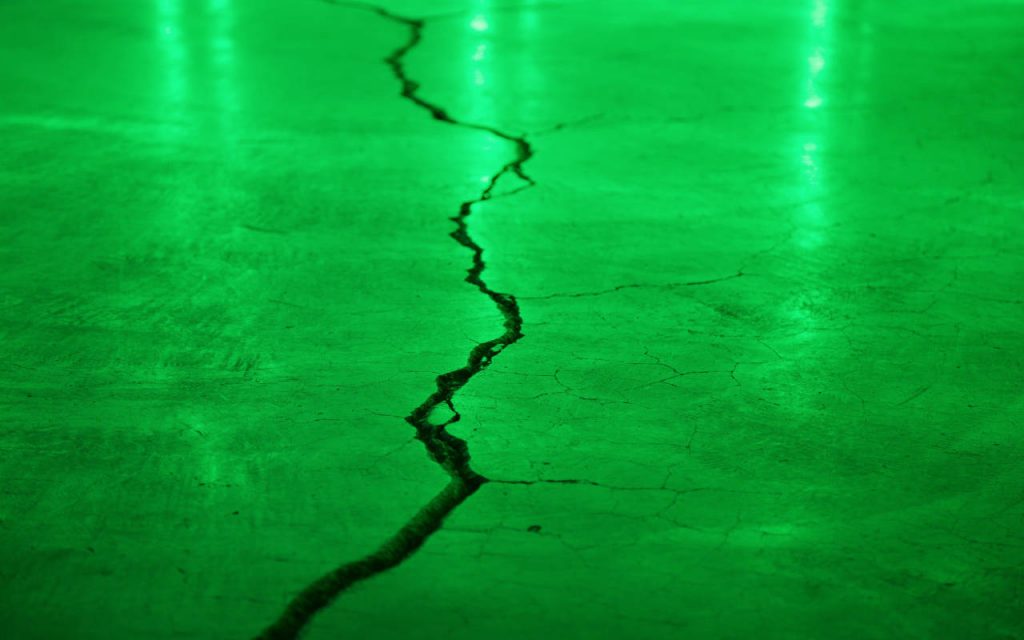You probably already know how important polythene for construction is, especially when it comes to packaging building materials on-site – and protecting open areas from the elements. But there’s a lot more to it than that.
Polythene is one of the most important materials to have on hand when building with concrete, and it’s crucial when pouring concrete slabs. There are several factors that must be considered when choosing polythene for concrete, and getting the proper sheeting for the job might actually mean having all options to hand, at any given time.
But why is polythene sheeting needed for concrete in the first place?
Because, when concrete is poured for slabs or into moulds, it needs to be covered until it has fully cured. This stops leaves, sticks, and other bits and pieces getting caught in there – and it can discourage animals from leaving their footprints in freshly poured concrete, too!
But that’s actually just a handy side-effect of covering concrete. The real reason polythene is used on concrete is for strength.

Why is polythene sheeting needed for concrete?
-
Moisture control
Moisture control is essential for strong concrete. If the moisture content is lost too quickly, the curing process can become accelerated. This leads to rapid contraction of the material, and cracks – which can lead to structural failure.
Concrete isn’t like clay; it doesn’t “dry” hard. Instead, there’s a chemical reaction between the cement compound and water, which forms a solid chemical bond (this is why, unlike untreated clay, concrete doesn’t turn to mush again when it rains).
And this chemical reaction is exothermic – which means it releases heat as a byproduct. If left uncovered, the heat of hydration causes the remaining water content to evaporate, and so not all the cement gets a chance to react with the water, as intended. Also, the water content needs sufficient time to react with the binding agents fully.
Polythene is moisture-proof, so by covering concrete with it, this prevents runaway evaporation, and allows for a slower, more controlled cure with a reduced risk of cracking.
-
Temperature control
Closely tied to moisture is the temperature of concrete as it cures.
If the temperature of the concrete during hydration is too high, it will cause high early strength, but lower overall durability. It can also cause expansion of the material, and cause cracking. Also, if there is a wide variation between the surface and inner temperature of the concrete, thermal shock fractures can occur.
If temperatures are too low, the hydration of the cement can come to a complete halt. If the concrete temperature reaches freezing before reaching a certain level of cure strength, the resulting slab will be weak, and unable to withstand the internal expansion of water as it freezes.
This makes the colour of the polythene sheeting you choose extremely important.
Light colours reflect radiation, and darker ones absorb it.
In hot climates heavy duty white coloured polythene sheeting is used, to prevent sunlight from heating the concrete past a safe limit (usually 70ºC). In low temperatures, black polythene is used to absorb more infrared radiation from the sun or heating apparatus, to keep it at a minimum temperature of 5ºC. In temperate conditions or indoor builds, clear polythene sheeting can be used.
Choosing polythene sheeting for concrete
When choosing polythene for concrete, it’s good to have all the different combinations available to account for each situation. So, here’s a rundown of what polythene sheeting you should choose for concrete construction.
Heavy duty
Always choose heavy duty polythene for construction purposes. It’s stronger, but also heavier – and that’s a good thing when covering freshly poured concrete. The additional weight makes it form a better seal around the edges, and less prone to blowing away in the wind.
Black polythene
For cold conditions, use heavy duty black polythene sheeting. This will absorb more infrared (heat) radiation from the sun or from heating elements, and prevent the slowdown of the reaction between cement and water.
White polythene
For hot temperatures, have white polythene to hand – this will reflect more sunlight and keep the concrete underneath cooler as it sets. This will prevent runaway heating, cracking and poor long-term strength.
Read more – Everything You Need to Know about Coloured Polythene
Clear polythene
It’s always good to have heavy duty clear polythene for concrete pours. It can be used solo in temperate conditions, or as an underlayer for coloured polythene sheets, if staining would be an issue. It’s also just super versatile to have on a construction site – as a temporary waterproofing material or as a way of keeping dust out of areas not being worked on.
UV inhibitors
For all outdoor use, it’s important to apply a UVI polythene additive, to prevent it breaking down under exposure to sunlight, especially if you plan to reuse as much material as possible.
Read more – Polythene Additives: What They Do And When To Use Them
Order polythene sheeting for concrete
Order customised polythene for concrete. Let’s help you create the right polythene for your needs; get a quote now, or call us on 01773 820415 to speak to a polythene expert.


